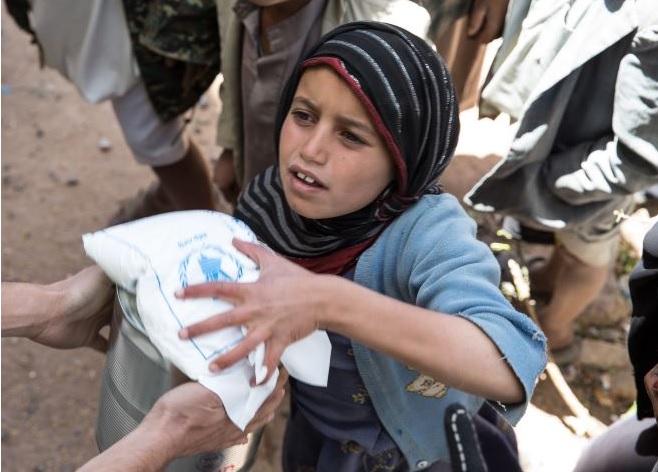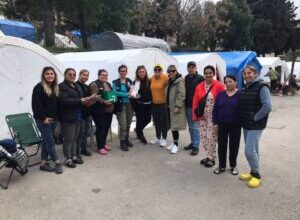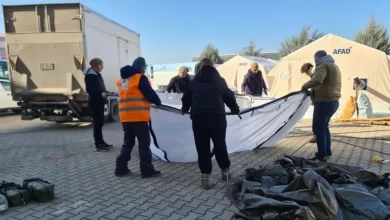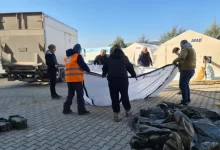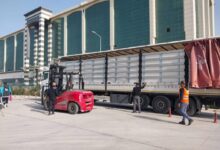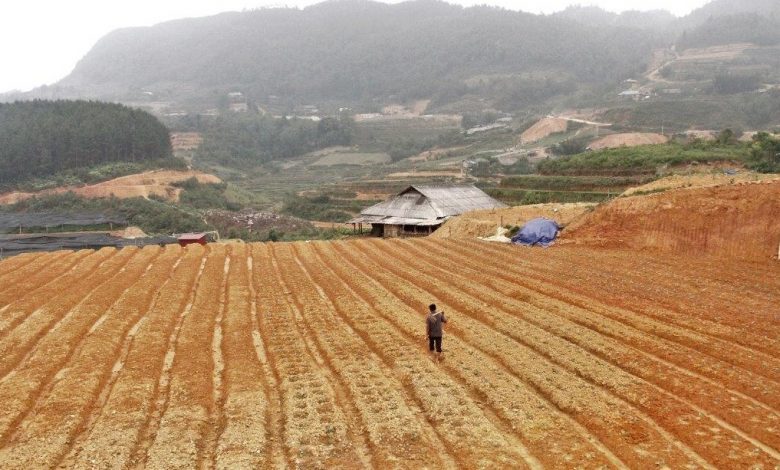
From Iran and Afghanistan in the west, across populous South and East Asia, and far out into the Pacific Islands, new ways and approaches are needed to battle back from COVID-19 and malnutrition as well as mitigate climate change in the Asia and the Pacific, the Food and Agriculture Organization of the United Nations (FAO) announced.
COVID-19 still continues to threaten lives and livelihoods and has led to setbacks in the fight to end hunger and malnutrition in the region. Furthermore, climate change is another aggravating factor menacing efforts to increase resilience across our food systems.
In response, FAO Regional Office for Asia and the Pacific, along with its 46 member states, has convened a four-day virtual conference to closely examine the present situation of the region’s food security, with a particular emphasis on implications linked to the spread of the Coronavirus and its impact on food systems region-wide.
“We must come to terms with what is before us and recognize that the world and our region has changed. We must find new ways to move forward and ensure sustainable food security in the face of these pandemics, as well as prepare for threats that can and will evolve in the future,” said Jong-Jin Kim, Assistant Director-General and FAO Regional Representative for Asia and the Pacific. “This virtual conference brings together the people and ideas to chart a true course of action for the benefit of all.”
The conference highlights FAO’s recently launched comprehensive COVID-19 Response and Recovery Programme designed to provide a flexible and coordinated global response that aims to ensure access to nutritious food for everyone. The programme includes the mobilization of all forms of resources and partnerships at country, regional and global level. The main aim is to mitigate the immediate impacts of the COVID-19 pandemic while strengthening the longer-term resilience of food systems and livelihoods.
The conference also considers new marketing channels (such as e-commerce) and new technologies (including better storage facilities) that will help reduce food losses, as these are critical to ensure the flow of nutritious foods and to generate improved incomes for those who work across the entire food and agriculture sectors.
Equally critical is enabling smallholder and family farmers – those who produce most of the food we consume – to become more dynamic, entrepreneurial and competitive through continual innovation. Smallholders will need much greater access to financial resources, technology and innovation. Bringing all players together is crucial for FAO to realizing these gains.

